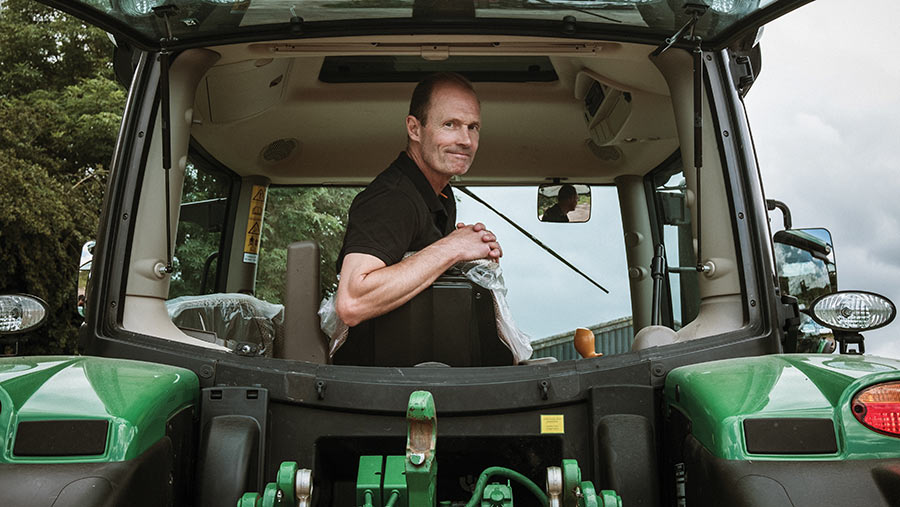Farmer Focus: Deploying small autonomous units on the farm
 © MAG/Colin Miller
© MAG/Colin Miller It’s far too wet to get our normal machinery on the fields, but we have deployed a large group of much smaller units to work on the areas destined for spring crops.
I’ve discovered they exert about 12psi of pressure where they contact the soil.
Each unit weighs only about 1% of an average sized tractor, so any resulting compaction will be very shallow and should easily be taken out by the tined drill.
See also: Video: Lincs wheat grower claims top prize in 2023 YEN Awards
They are also equipped with their own autonomous intelligence, although some argue that this is pretty limited.
They have a covering of a remarkable biodegradable insulation which protects them very well from adverse weather.
Providing most of them keep operating properly (sudden, complete and inexplicable failure still happens too often for my liking) and their linked guidance systems don’t play up (another common fault, I’m afraid to say) they should process most of the nutrients in the green cover into a much more plant-available form prior to drilling the spring crop.
As a bonus, they also work as micro straw rakes, redistributing and breaking up residue from the previous wheat.
Unfortunately, current Countryside Stewardship rules prohibit their use before late January, which means a period of frosty weather before they are deployed can knock out some of the cover crop species they have been developed to process.
After reprogramming their directional software with some loud whooping and hollering last week, I attended a meeting with a representative of the Bank of England and a number of farmers and agri-professionals from different sectors, so that the bank could gauge what was happening in the industry and our overall confidence.
After a while he concluded that he had heard no confidence, no evidence of re-investment and no sign of the productivity rise the bank wants.
I am now hoping for some spring-like weather to top up my usually half-full glass again.


